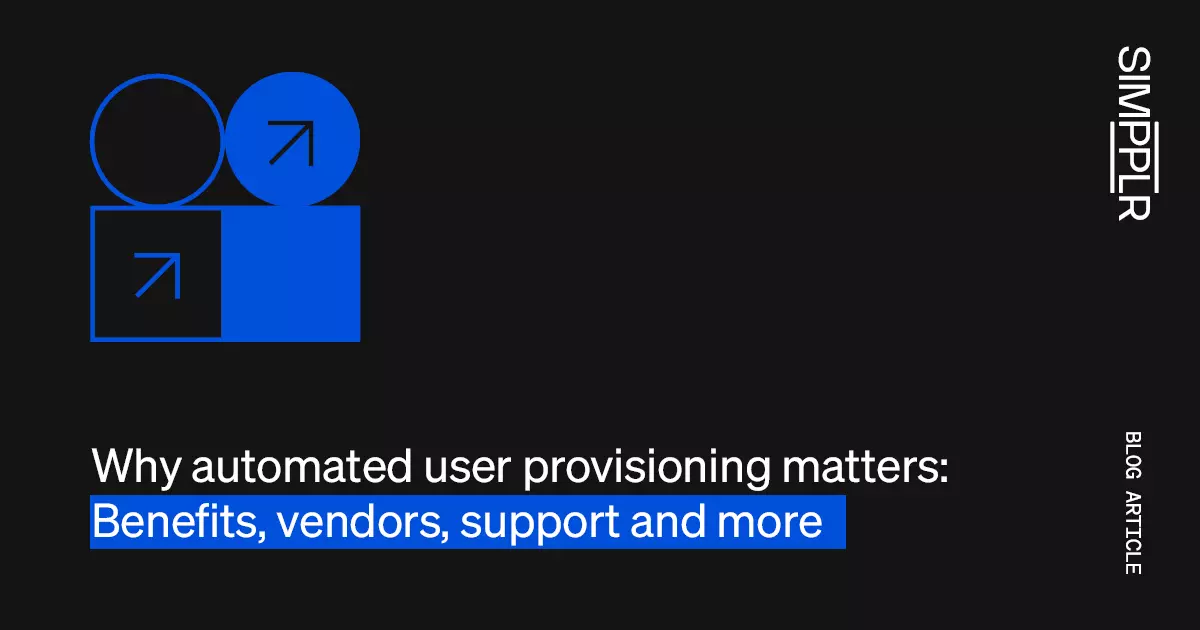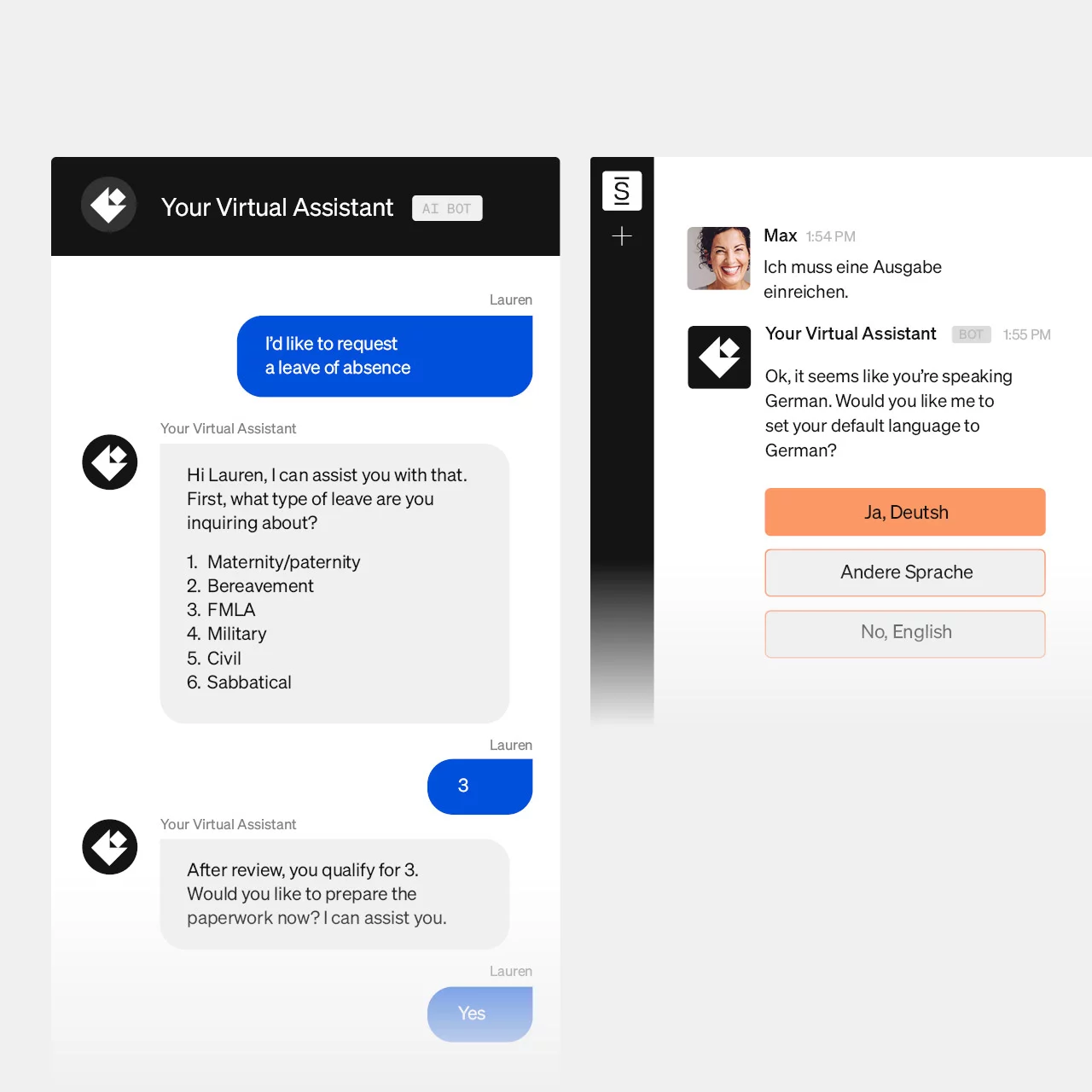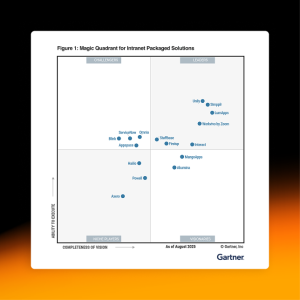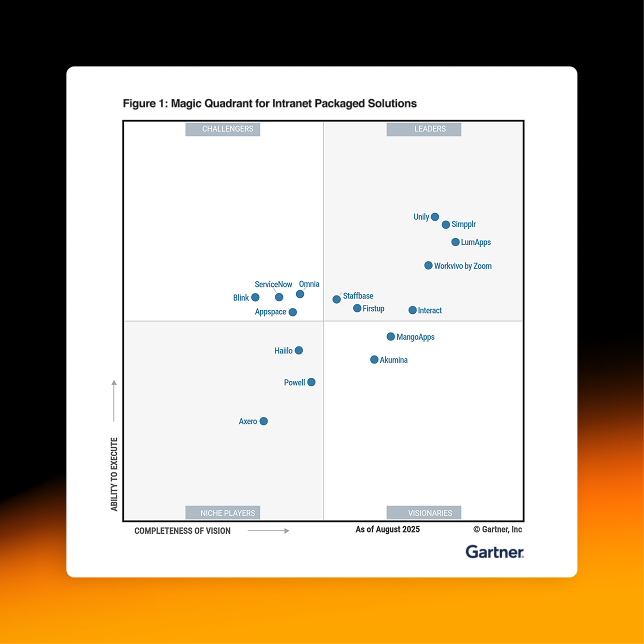Workflow Automation Defined
Workflow automation is the approach of automating the flow of tasks, documents, and information by defined business rules. When implemented, this type of automation should be a straightforward process executed regularly to improve everyday productivity.
Static vs Dynamic Workflows
When discussing workflow, we refer to activities needed to complete a task. There are two main types of workflows that workflow automation can address. The first is static workflow, which refers to an unchanging set of steps in a process. The second type is dynamic workflow, a series of actions that may change based on certain conditions. Both kinds of workflow can use workflow automation. For static workflow, workflow automation software can easily automate the required steps and turn the tasks into a routine automated process. For dynamic workflow, workflow automation software can use a template to determine the following action (based on a variable or other criteria) during runtime.
Workflow Automation vs Robotic Process Automation
While we are on the matter of discussing what workflow automation is, we must draw an essential distinction between workflow automation and robotic process automation (RPA). RPA observes how people use software for repetitive tasks and then uses those observations to create bots to perform those tasks. On paper, they are similar. However, the most significant difference is that workflow automation automates a series of actions, while RPA automates individual tasks.
The Importance of Workflow Automation
A 2021 report by the automation software vendor Zapier reported that 94% of all small and medium-sized business (SMB) workers surveyed said that they perform repetitive & time-consuming tasks. The report also highlighted that 90% of knowledge-focused workers found that workflow automation improved their jobs, and 66% said it made them more productive.
As productivity and efficiency grow more critical by the day, taking advantage of workflow automation in several areas is vital to any business’s short-term and long-term success. Wherever there is inefficiency, including employees wasting valuable time on tasks that could be completed quicker, companies must utilize automation to reduce the time spent on these tasks. The benefits of doing so will enable the company to refocus on matters that are more complex and critical to long-term success.
The following list summarizes some of the ways workflow automation can improve repetitive and labor-intensive tasks:
- Critical and complex tasks: By taking mundane, low-value functions out of the hands of human employees, automation enables them to spend time working on critical and complex that require a greater level of human involvement.
- Cost Savings: Increased productivity will improve cost savings, as automation will reduce financial and time costs spent on mundane tasks.
- Visibility: The workflow mapping used to program automation software creates visibility into the automated processes. That gives an organization a top-down view of its workflows that can help it remove outdated or redundant tasks that drain time and resources.
- Improved Communications: Increased visibility can improve communication and coordination between departments & employees, ensuring the smooth exchange of information within a company.
- Customer service advantages/relationships with clients: Organizations can improve customer service and customer satisfaction by automating responses to customer inquiries. Reducing the number of employees in customer service allows for a redeployment of employees and resources to other critical areas. At the same time, companies can provide customer service efficiently and cost-effectively. By developing a reputation for efficient and cost-effective customer service, businesses can generate greater interest in their products & services among prospective clients while fostering closer ties with existing clients.
- Product quality: Human error often drags down the quality of products & services, and companies must look for any way to reduce human error. By utilizing workflow automation to automate laborious processes, product & service quality will improve while lowering costs.
- Performance tracking: By digitalizing the tasks in a workflow, automation can track workflow performance from start to finish. As a result, an organization can review how well its business operates.
The needs that workflow automation can address can often appear unexpectedly. Understanding where automation can be applied is a process that companies must spend time on to ensure that they use automation efficiently and correctly.
Workflow Automation Steps
Workflow automation can easily be broken into a series of steps, creating a direct path that your implementation team can follow to get the most out of workflow automation software:
- Identify repetitive tasks for automation. Workers often waste significant amounts of time on manual and repetitive tasks that require much human involvement and are prone to human error. When workers make errors in these tasks, they often find themselves spending even more time going back and correcting these errors. By automating these tasks, companies will find that they can reduce the time and money spent on these tasks while redeploying workers to focus on more pressing matters.
- Map out the process. Once employees identify functions for automation, it’s critical to figure out what exactly goes into performing these tasks. One can only automate tasks by knowing what must be done as part of these tasks. By going through each task, the implementation team must examine what it entails and determine how it can be automated.
- Define goals. When a business begins implementing workflow automation, it must decide what it hopes to accomplish. To maximize the benefits of workflow automation, companies must articulate specific goals they wish to meet through automation. Doing so will result in clear goals companies can aim to complete by implementing workflow automation.
- Select the best software. Companies can use several workflow automation software tools (to name a few vendors: Catalytic, IBM, Kissflow, Microsoft, and SmartSuite). However, it is essential for companies to research in detail what exactly these tools do and to determine how these tools fit with their own goals. Some things to look out for are functions, features, and service-level agreements at the best price. These will determine how well a prospective software tool fits your company’s goals.
- Train employees in using implementation software. Supporting your workers is critical during the implementation process. There will be resistance to change unless companies support their workers by answering questions, receiving feedback, and providing hands-on training.
- Establish KPI metrics. Metrics for measuring success are essential, as they help companies determine how effective their implementation and transition process has been. Metrics also allow companies to adjust automated workflows to meet their goals.
- Foster constant improvement. There are always ways to continue improving. When a shortcoming emerges, companies must be able to recognize it and find a way to fix it utilizing automation.
The Benefits of Workflow Automation
There are several reasons why companies should take a hard look at workflow automation. But given its broad applicability and the subsequent wide variety of benefits, here are three main benefits.
Increased Efficiency and Productivity
One of the most significant benefits of workflow automation is the boost in efficiency and productivity that it will deliver to an organization. By automating repetitive and mundane tasks, staff members can focus on more strategic, creative, and decision-making tasks. This shift in focus can lead to improved productivity and maximum utilization of resources.
Workflow automation allows the completion of tasks to be much faster, resulting in quicker turnaround times, increased output, and, ultimately, higher profits. Also, as workflow automation reduces human intervention, it reduces the chances of errors, ensuring more accurate and reliable results.
Improved Communication and Collaboration
Workflow automation promotes better communication and collaboration within an organization. It provides a transparent system where every team member can track the progress of tasks, assignments, and projects in real-time. Automation eliminates the need for constant follow-ups and status update meetings, saving valuable time and reducing confusion. A recent survey showed that automation has significantly improved collaboration satisfaction across departments for approximately 90% of IT users.
Moreover, by clearly defining roles and responsibilities through automated workflows, team members know what is expected from them, which task they are responsible for, and when their input is needed. This clarity can significantly enhance the team’s overall productivity and performance.
Reduced Overall Costs
When workers must devote their time and efforts to pretty menial tasks, they are not the only ones who suffer losses. Companies that could otherwise funnel time, money, and other resources to more critical and labor-intensive tasks must focus on menial tasks that drain resources. By utilizing workflow automation, workers can shift their focus to more essential tasks and use their time more effectively.
From a financial standpoint, workflow automation will help reduce costs as there will be less need for manual labor and more effective adherence to compliance standards (less money to be spent on additional employees while reducing the amount of money spent on compliance enforcement). In addition, automation will reduce operational costs.

Workflow Automation Example Use Cases
Employees across all functions can find ways to implement workflow automation. Workflow automation’s wide range of applicability allows it to be used across entire departments or for small, niche tasks that require a quick, straightforward solution.
The following examples demonstrate how different departments can use workflow automation:
Information Technology: Workplace automation was already a priority for 95% of IT and engineering leaders surveyed in 2021, according to SFDC’s Trends in Workflow Automation. IT departments can utilize workflow automation to help with data monitoring, data collection, service requests, account setup, and the deployment of new code. For example, service requests can quickly swamp an IT team, but with proper workflow automation in place, the tickets can be assigned into a queue by importance and to the best team member, saving time and effort.
Human Resources: HR departments can use workflow automation to aid with numerous routine HR tasks, such as onboarding & off-boarding employees, managing personnel changes, and timesheet approvals. An AI-powered Virtual Assistant for example can provide automation in answering a lot of the questions that would typically fall onto an HR staff member, instantly, saving time for the employees and the HR team.

Marketing: Workflow automation can aid with numerous marketing tasks. An example would be the automation of taking new subscribers to a blog and adding them into an automated workflow that welcomes them and provides them with relevant content based on how they engage with your site.
Internal Communications: Internal comms can elevate the employee experience more effectively with workflow automation. For example, tasks such as writing and customizing newsletters and emails can be done in minutes through the power of Generative AI.

Conclusion
Workflow automation is a powerful way for businesses to improve efficiency, reduce errors, and maximize productivity. By automating repetitive, mundane tasks, organizations can free up their staff’s time to focus on more strategic, higher-value tasks. Learn more how Simpplr AI can automate workflows and elevate the employee experience at your organization.

Watch a 5-minute demo
See how the Simpplr employee experience platform connects, engages and empowers your workforce.
- #1 Leader in the Gartner Magic Quadrant™
- 90%+ Employee adoption rate










